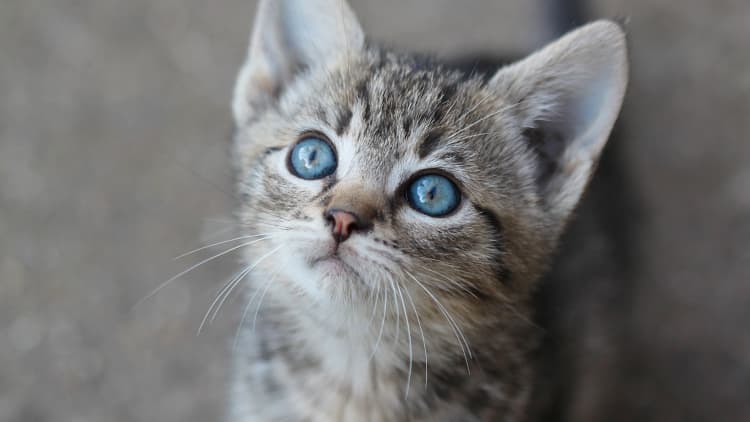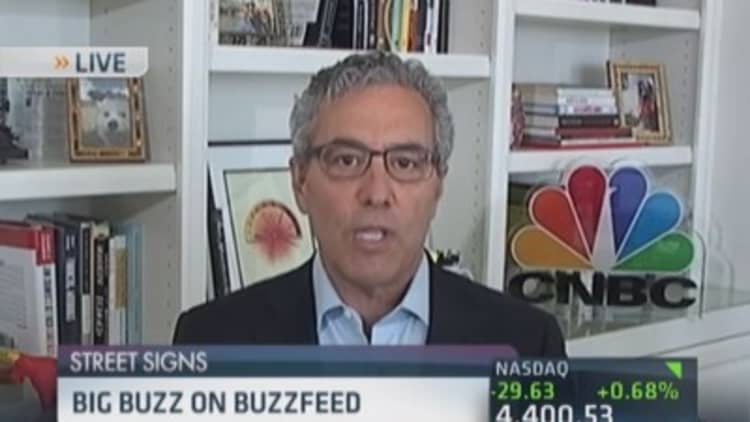
BuzzFeed, the media website that got popular creating and promoting viral content, is making its biggest and most expensive move yet into video. The website announced recently that it will now produce "mid-form and long-form" video, creating BuzzFeed Motion Pictures.
Like the new name implies, the company is going Hollywood, bringing in "Pulp Fiction" producer Michael Shamberg and actor/comedian Jordan Peele on board as advisors.
The site already has a presence in video, and currently generates around 150 million YouTube views a month with low-budget videos where the "actors" are BuzzFeed producers. All those eyeballs also help the site generate millions of dollars in advertising revenue.
Venture capital heavyweight Andreessen Horowitz has noticed, and said earlier this month it is investing $50 million in the company, which is its second in the site. The firm projects BuzzFeed will generate $100 million in revenue this year.
BuzzFeed's philosophy is pretty simple: There is no difference between ads and editorial content.
Read MoreBuzzFeed valued at $850 million
"Nobody comes to BuzzFeed or really any other site for the ads. They're coming to BuzzFeed for content and that's exactly what our ads are," said Jonathan Perelman, BuzzFeed's vice president of agency strategy.
Case in point: A recent campaign it produced for Friskies cat food, a video called "Dear Kitten," currently has more than 15 million views on YouTube. It's the most successful video ever produced by BuzzFeed, when in fact it's really an advertisement for wet cat food.
While so-called native advertising (the blending of advertising and "legitimate" news stories) is nothing new, major news websites are now getting on board.
Netflix recently posted an ad for "Orange is the New Black," on The New York Times website that was written as an article on female inmates. There is fine print at the top of the post noting that it is a "paid post." The Atlantic also ruffled feathers recently with an article that was an advertisement for Scientology, noting that it was "sponsored content."
To be sure, the practice has its critics, some of whom are very vocal.

"It is not necessarily a bad thing, but I think if a media brand has defined itself on it's editorial integrity then ad units which are not sufficiently differentiated are probably harmful," said Brian Wieser is a research analyst at Pivotal Research Group, specializing in advertising and media.
"I think The Atlantic probably saw some real damage to its brand," he said.
BuzzFeed will not reveal how much it charges brands like Friskies to place videos on their site but it is known that it charges the company nothing to produce the video which cost very little to create.
Shaun Belongie, Friskies senior brand manager, says there's value in people watching and sharing their video.
"When you rack up 14 million views, what that tells you is that you had a lot of cat owners in this case, hitting the share button," Belongie said. "That is very powerful and you don't see that every day."
The question remains: Is it powerful enough to bring in enough advertising dollars to justify the company's reported valuation of $850 million?
Read MoreAmazon developing ad software: Report
Wieser estimates ad spending will generate $185 billion in revenue this year, including Internet-related advertising around $48 billion.
Even if Buzzfeed breaks $100 million in revenue this year, it is still a very small piece of overall advertising revenue, he said.
—By CNBC's Jessi Joseph

